
By Steve Moxey
There comes a time in life when the idea of ‘downsizing’ comes into view, perhaps it is driven by the kids leaving home, or a change of job, or perhaps retirement. The key thing is that circumstances change and as Maynard Keynes once said ‘when the facts change I change my mind’ – it is the same with motorcycles. This article is about my experiences of downsizing from one of the best and most formidable motorcycles that BMW makes: the RT1250RT to more of a niche bike, the R1250RS. Is this just madness or is there a sound justification for this move? Read on and draw your own conclusions! There will be a second article in the Spring 2022 Newsletter about my experience with the new R1250RS, what modifications did I make and how did it live up to expectations through the winter?

The R1250RT is the pinnacle of BMW Motorrad’s touring range (apologies to any K1600 owners reading but this is an ‘inconvenient truth’ – see our previous test of the R1250RT and the K1600GT published in the Newsletter). If we go back in history the RS came first in 1976 as the R100RS, the first motorcycle to have a fairing designed in a wind tunnel to improve stability at high speeds. Owners had fitted naked R100s with fairings for a while and BMW recognised the market opportunity by launching the R100RT in 1978 as a full tourer with a larger fairing. Both RS and RT were very successful: The R100RS sold 33,648 units from 1976-1984, the R100RT 18,015 units from 1978-1984 and the two naked R100 models (R100/7 and R100) 22,026 units 1976-1984. At the end of the twin-shock airhead era the R100RS was definitely the top dog in the BMW Motorrad range.
1977 R100RS – courtesy BM Bikes

The air-cooled boxers limped along after the introduction of the ‘flying brick’ K100 and K75 models in 1984 but the customers never really took to the high-tech K bikes, excellent motorcycles though they were – my first BMW was a 1988 K100RS 8V. BMW were forced to bring the airheads back for a final performance with the monolever/paralever models: the R100RS ran from 1986-1982 and the R100RT from 1987-1996. These last air-cooled RS and RT models were technically the best models benefitting from chassis, braking and tyre improvements derived from the K bikes.

The RS was the machine to lead BMW into the 4-valve oil cooled boxer era in 1993. I remember testing a petal white R1100RS with a turquoise seat from SPC (now Bahnstormer Alton): the way that bike shifted up the A32 was like something an air-cooled boxer could only dream about and the handling was so much better than my K100RS. Needless to say I purchased one shortly afterwards. In red with a black seat! Big changes were coming for the R1100RS though in 1996 BMW launched the R1100RT which marked the beginning of the end.
The problem was that the R1100RT had a fantastic touring fairing with electrically adjustable windscreen and all the mod cons you would need to travel a long way with luggage. BUT it also handled pretty much as well as the R1100RS whilst being more comfortable and practical. (It’s worth reading Mark Powell’s excellent series of Facebook posts and drawings of his adventures with his R1100RTs – this bike was the ultimate tourer.) The R1100/R1150GS were also squeezing the R1100/1150RS out as the do it all motorcycle in the BMW range. The R1150RS limped along until 2004 and was then replaced by the rather odd-looking R1200ST which finally disappeared in 2007. It looked as though the RS vs RT debate was now settled with the R1200RT which could do just about anything even a GS could do and there was no place for a more traditional sports-touring motorcycle. The sport touring segment also appeared to be out of fashion which may have influenced BMW’s decision. Having seen off the threat of the K bikes the ‘battle of the touring twins’ seemed to be settled with the RT firmly on top!
The R1200RT now continued from strength to strength moving to the twin-cam model in 2008 through to 2014. The new water-cooled R1200RT in 2013 was a fantastic motorcycle – by now the RT dominated the large tourer segment completely in a way that the GS did not. If you want a really good high speed tourer there are really no alternatives. In the latest Motorcycle Industry Association (MCIA) sales figures the GS/GSA outsells the RT by about 2.7 : 1 but the GS faces stiff competition from KTM, Ducati, Triumph and even Harley-Davidson now. Triumph stopped making the Trophy RT competitor some time ago and even Honda put more effort into the Goldwing which is not really an RT competitor. The R1250RT was a useful engine upgrade for the R1200RT but everything else was much the same. The very latest R1250RT has the 10″ TFT navigation and dynamic lighting offering significant improvements.
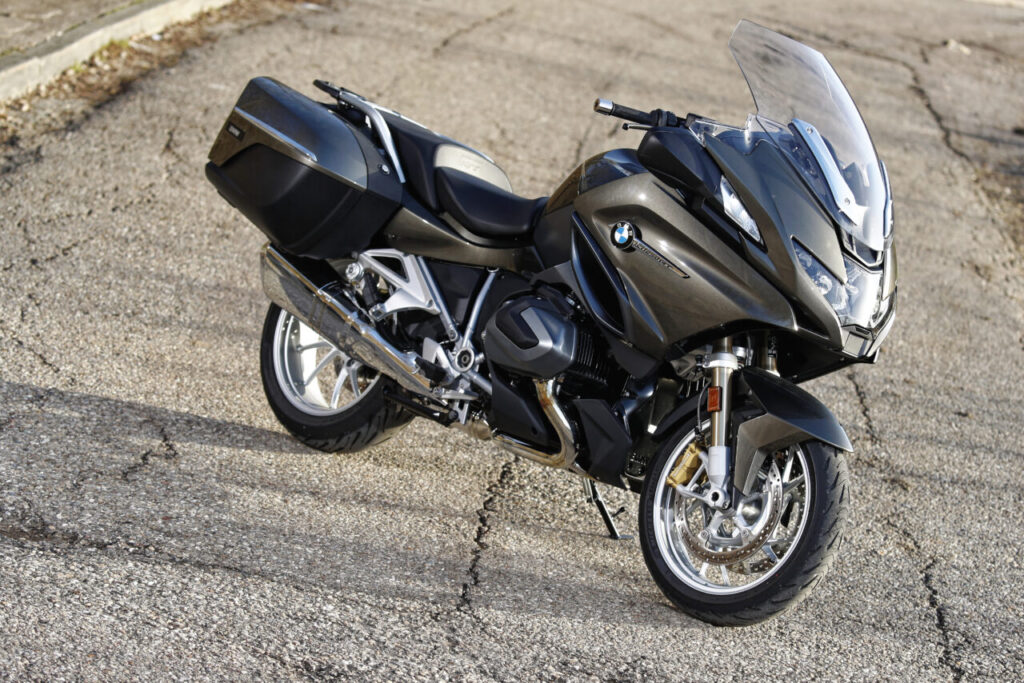
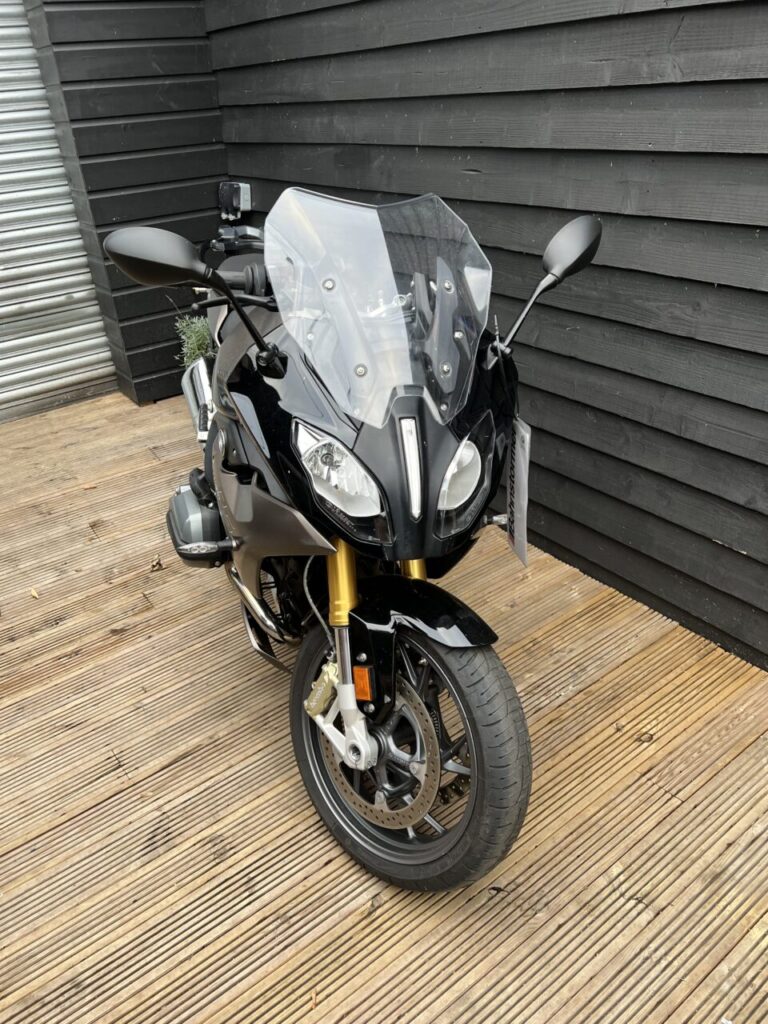
With this background it was a little surprising that BMW decided in 2014 to re-introduce the R1200RS (water cooled) motorcycle with upside down forks and no telelever suspension. The new R1200RS proved to be a very capable performer and was a very rapid motorcycle in the right hands. The update from the R1200RS to R1250RS was a much bigger change than from R1200RT to R1250RT: the most important addition for the new R1250RS was the BMW TFT, standard over all of the BMW range now, this dramatically improved the RS instruments. The second big change was to the headlights: the R1250RS has full led lights and a striking daylight running light pattern. You can judge what a success these updates were by the number of ex-R1200RS owners who are now on R1250RSs (our own Derek Johnson being one example).
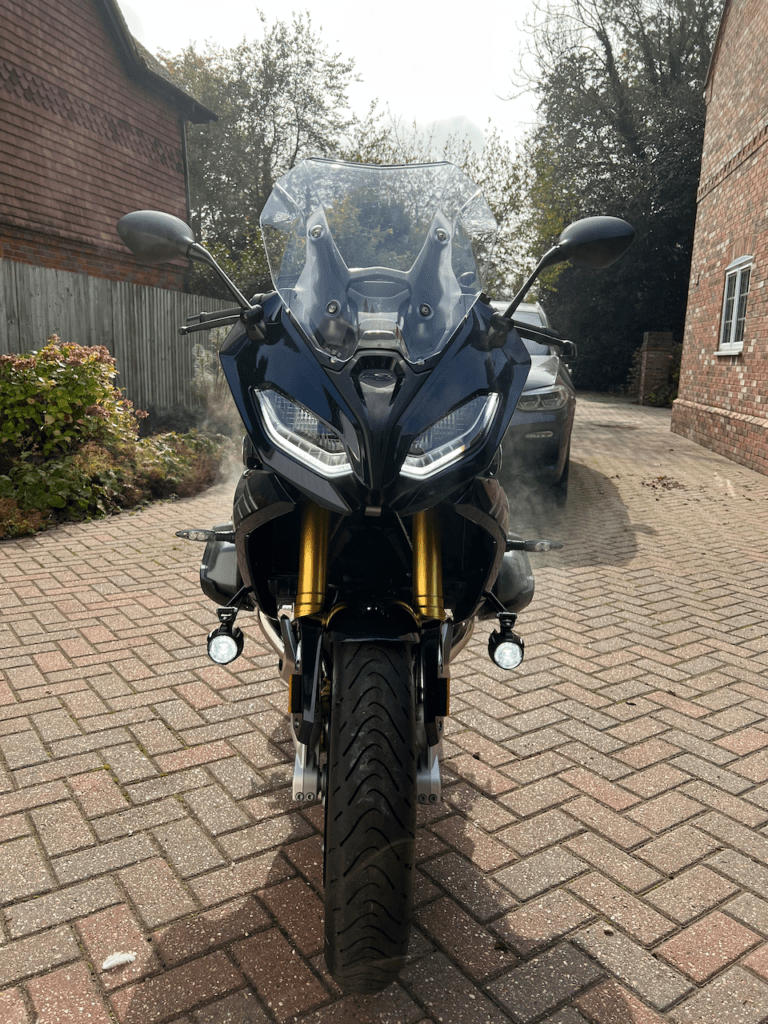
To complete the picture the latest R1250RS now has the latest large TFT screen with navigation, as do the latest K1600s. However it is fair to say that many RT owners are quite happy with a separate Sat Nav, and the R1250RS with Nav 6 and TFT is also a very good package.

So with the history lesson and specification discussion over; how did I end up moving from RT to RS? Well like most things in life recently I can lay some of the blame at the door of COVID-19. Before the pandemic I was commuting to Oxford 2-3 times a week on the RT, leaving my bike kit on the bike in all weathers. The RT is superb in this role, better even than the GSA. The heated seat and electric adjustable screen are wonderful in the winter and luggage central locking is very nice to have! With COVID-19 my local motorcycling changed, I was doing more riding for pleasure, Meetup rides, staying in my motorcycle kit more of the time, and so the RT luggage and weather protection were less useful. For me the RT is my winter bike and having commissioned the RT for action I made the mistake of trying the R1250RS, perhaps foolishly, on a nice sunny day in September! Compared to the RT the RS was a revelation it felt so much more manoeuvrable and alive than the RT – I was hooked and with a good deal for my R1250RT I was the proud owner of an R1250RS Exclusive in ‘Imperial Blue’.
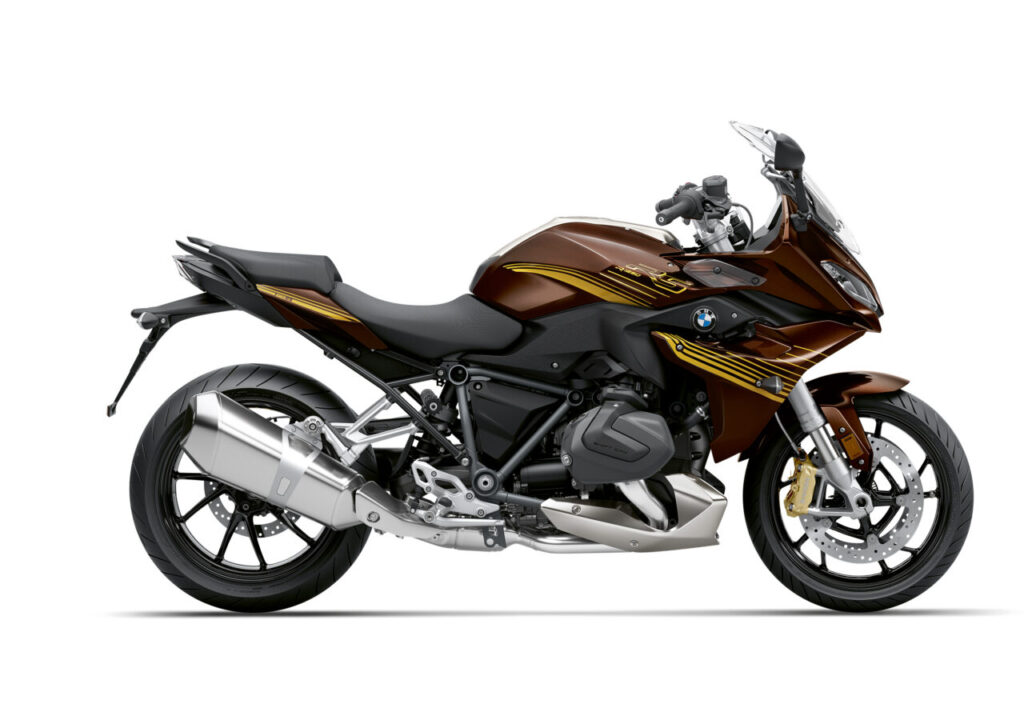
My only disappointment was that I quite liked the look of the Option 719 R1250RS in brown and gold, unfortunately for me BMW had just withdrawn this colour scheme from sale and there were none available, which makes sense. So now I had my nice new R1250RS and the next task is to get her ready for the coming winter riding. I am going to cover this in a follow-on article in the Spring 2022 Newsletter where you will be able to find out how I fared in the winter on the R1250RS and whether I really missed the heated seat and fantastic electric screen of the RT!

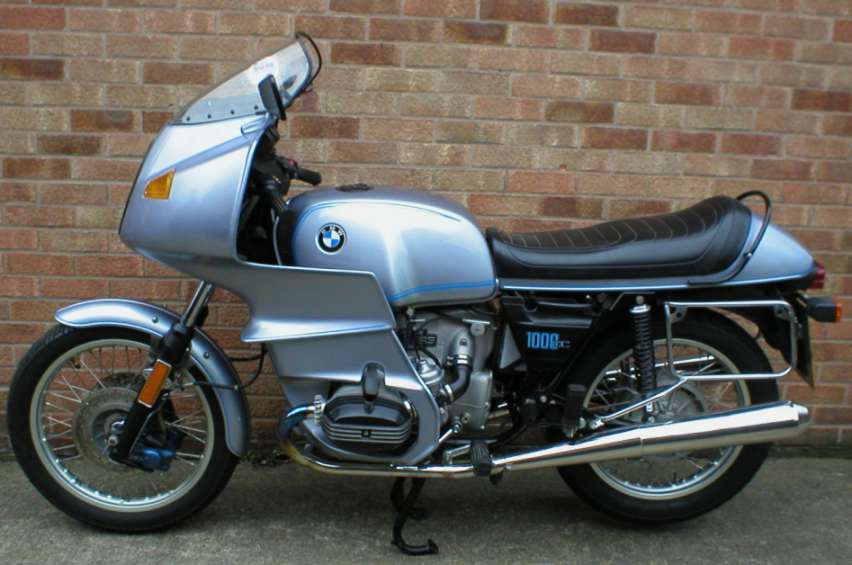
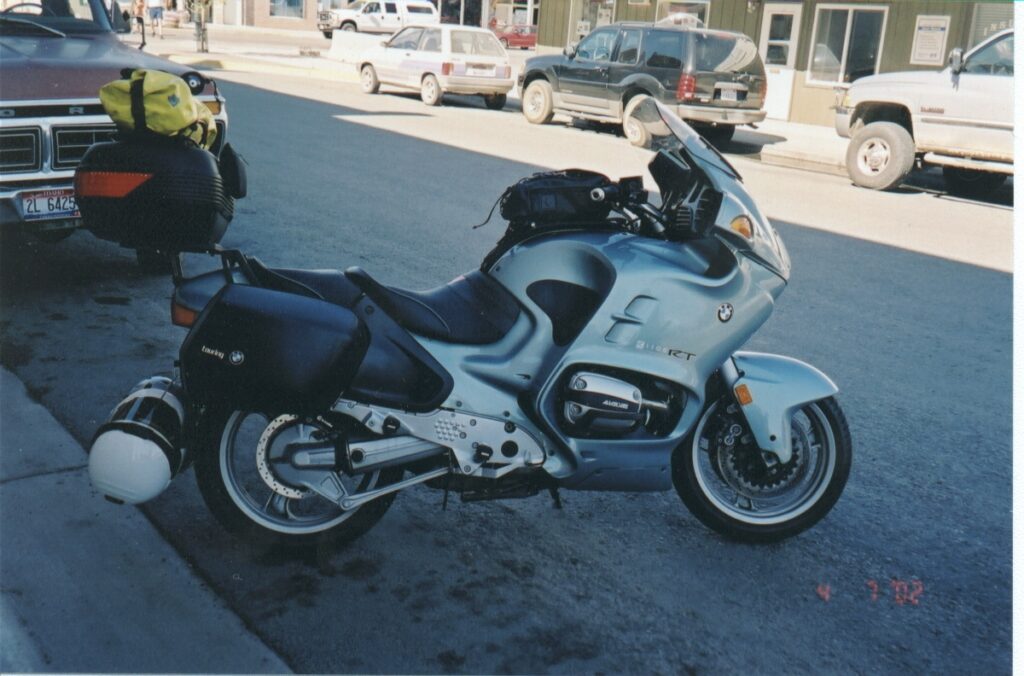


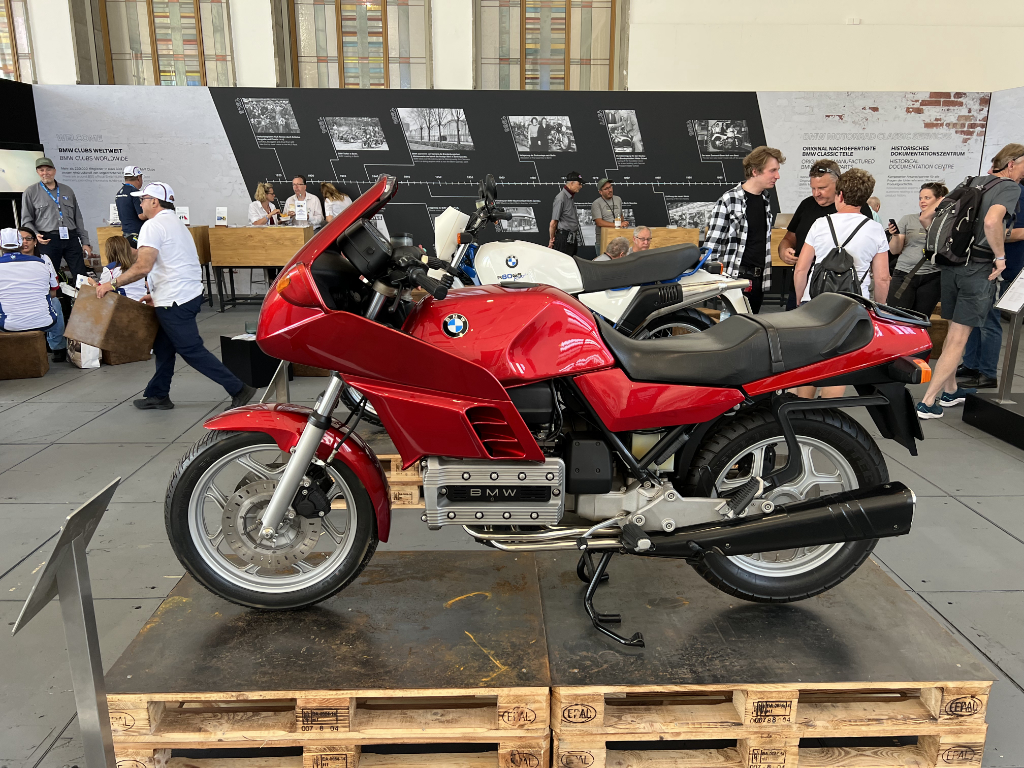

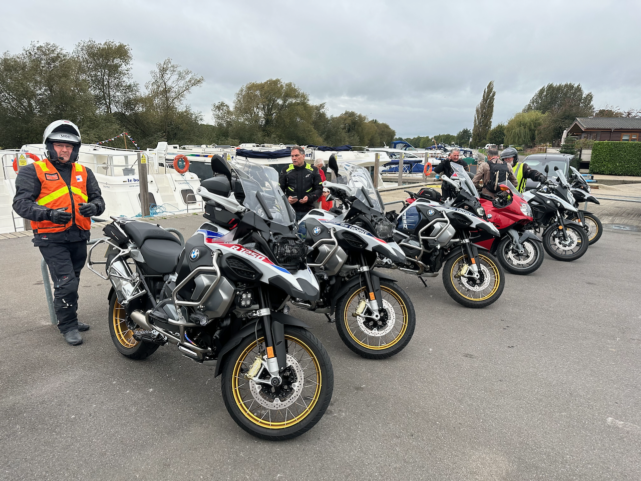
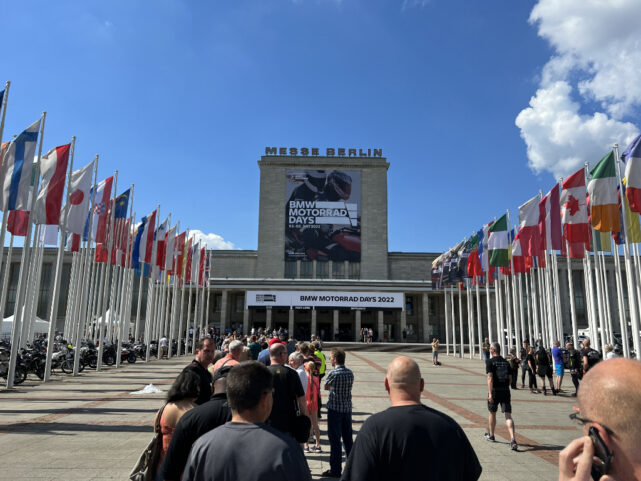

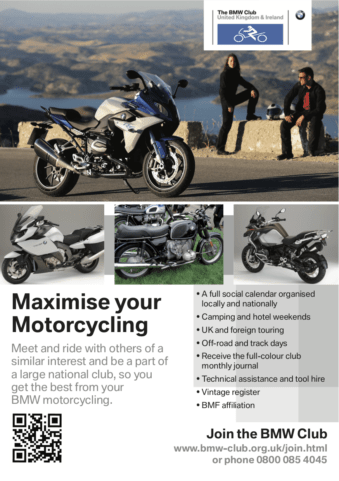
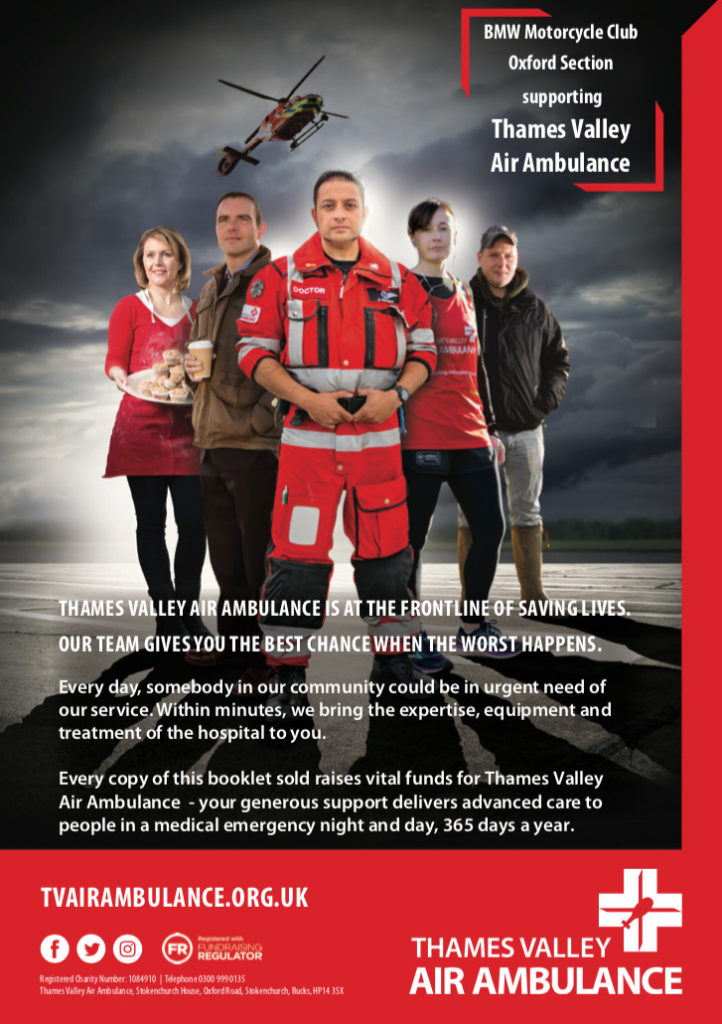
Excellent article Steve. Looking forward to reading the follow-up next spring.
My ‘Super Lube’ finally arrived, so will do the ‘flapper valve’ service at the weekend.
Take care.
Ken